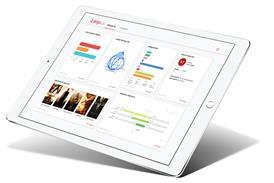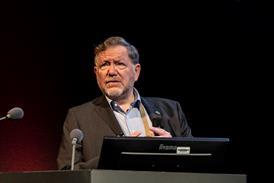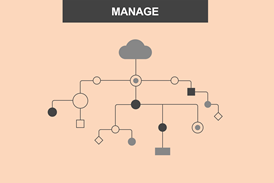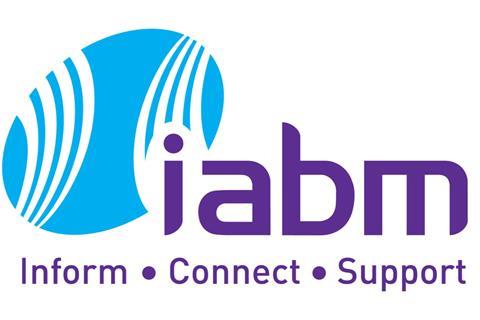IBC2022 Tech Papers: An optimised ‘system approach’ deploying 5G technologies for mobile shooting of TV sport events

IBC2022: This Technical Paper aims to critically investigate some ‘hybrid’ deployment models of 5G technologies for mobile shooting of live events.
Abstract
The evolution of 4G / 5G technologies is continuously improving network capabilities and expanding service scenarios: this represents an interesting opportunity for broadcasters in shaping the future media landscape. Indeed, it paves the way to promising solutions in different sectors, including the shooting of live TV events on the move. Specifically, new horizons are outlined in the framework of both content production and contribution by means of cooperative deployment options, based on a close synergy between broadcast and mobile technologies. This proves to be particularly interesting in challenging scenarios where the opportunities offered bythe deployment interoperability allows cost savings to be achieved while exploiting network resources on a best-efficient basis. To this end, the present paper aims to critically investigate some ‘hybrid’ deployment models: depending on the circumstances, seamless switching is implemented between the contributions from the ‘traditional solutions’ so far adopted and those coming from the 4G / 5G network.
Introduction
Mobile shooting of live TV events has always represented an important pillar for media companies, as it includesa large variety of strategically impacting contests. Such live events range from the most common sport competitions such as cycling or skiing races, running matches (like marathons), sailing events (regattas), up to very popular ‘city events’ concerning, for example, political celebrations (i.e. presidential elections), religious ceremonies and so on. Conventionally, for each of these events, the deployment of a significant number of radio frequency resources (used by radio cameras, radio microphones, communication systems, long range radio links and so on..) is requested, which need to be efficiently coordinated for the entire duration of the event. However, recently, promising solutions employing the latest advances in 4G/5G networks,are able to offer highlive A/Vquality (over IP networks), acceptable latency, low power consumption for portable and mobile, in-vehicle applications. These solutions widely respond to the needs related to shooting live TV events on the move. To this purpose, it becomes interesting to explore how the two technologies can combine, in order to outline solutions that could benefit from the interoperability opportunities. In this respect, the present paper aims at providing a concise description of some reference scenarios for which the proposed hybrid approach is analysed and discussed, both from the technical and the network cost perspectives.
Read the full article

Sign up to IBC365 for free
Sign up for FREE access to the latest industry trends, videos, thought leadership articles, executive interviews, behind the scenes exclusives and more!
Already have a login? SIGN IN




















